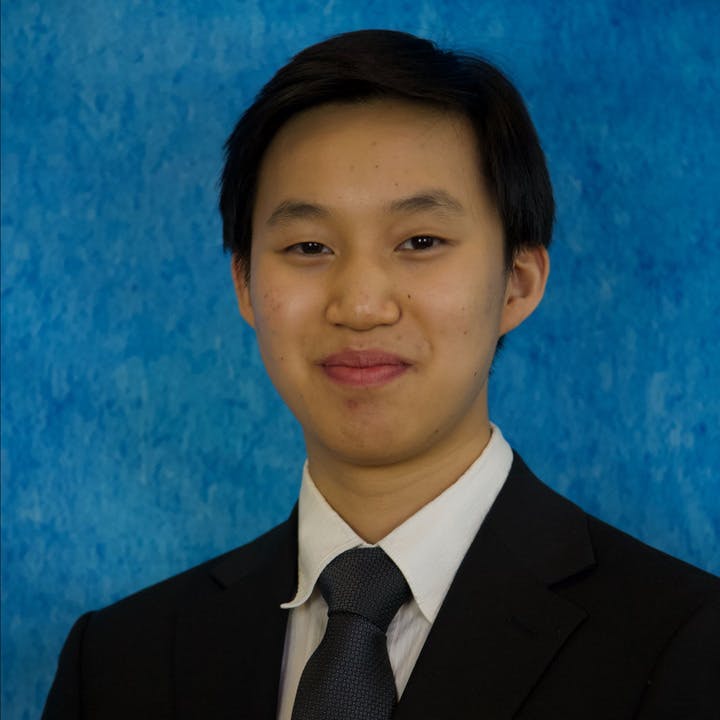Educational Labor Strikes and the Game of Chicken
Have you ever heard of the street game called Chicken? For those unfamiliar, it involves two friends driving toward each other. The goal of this twisted game? To be the last one to swerve into safety. If one individual swerves and “chickens out,” they walk away physically uninjured but with their pride in shreds. Alternatively, if individuals are too prideful to swerve, it culminates in a terrible accident that only harms both parties.
While this more modern idea of brinkmanship and Chicken found its roots during the Cold War, it has since evolved into a notable variation helpful for understanding classic game theory.1 In the context of the recently growing tensions surrounding educational labor strikes, this Game of Chicken can be used to help us understand the economic motivations and reasoning behind these events. More specifically, we can begin to develop a framework for the following question:
How can game theory explain educational labor strikes and to what extent will they continue to work?
The Current Dilemma
In November 2022, we witnessed one of the largest higher educational strikes across the University of California system.2 While the various demands of over 48,000 graduate workers and Ph.D. students were eventually met with resolutions, the growing unrest has only continued to elicit strike surges.
The beginning of 2023 was marked by labor strikes at Temple University and The University of Illinois Chicago, following suit were Rutgers University, University of Southern California, and Columbia College Chicago. With threats of large-scale class shutdowns, especially during final seasons, these grievances only spell out disaster for students, faculty, and university alike.3
This issue isn’t limited to higher education or to the United States. All across Canada, namely in Quebec, over half a million public sector workers including public elementary and secondary school teachers have committed to a walkout between December 8th, and December 14th, 2023.4 Ontario saw similar strikes earlier in July, cited as a result of a post-COVID landscape with worker shortages, rampant inflation, and a higher cost of living.5
With so many fierce disputes, understanding why people go to such lengths to strike becomes increasingly important. After all, from an outsider’s point of view, strikes like these seem to only result in harm to both sides.
References
- The Psychology of Nuclear Brinkmanship | International Security | MIT Press. (n.d.). Retrieved January 7, 2024, from https://direct.mit.edu/isec/article/47/3/9/114669/The-Psychology-of-Nuclear-Brinkmanship
- University of California academic workers strike over wages and benefits in largest walkout in U.S. higher education—POLITICO. (n.d.). Retrieved January 7, 2024, from https://www.politico.com/news/2022/11/14/university-california-workers-strike-00066767
- Sainato, M. (2023, April 21). ‘Many of us are struggling’: Why US universities are facing a wave of strikes. The Guardian. https://www.theguardian.com/us-news/2023/apr/21/us-universities-wave-strikes
- Laframboise, K. (2023, December 7). Why another, longer strike is set for 420,000 public sector workers in Quebec. Global News. Retrieved January 7, 2024, from https://globalnews.ca/news/10154456/quebec-strikes-teachers-nurses-december-2023/
- Bai, S. (2023, July 21). A wave of strikes has hit Canada. What does this say about our labour market? Macleans.Ca. https://macleans.ca/society/strikes-employment-union-wages/
- College, University Strike Wave Continues Its Swell Into 2023. (n.d.). Retrieved January 7, 2024, from
https://news.bloomberglaw.com/daily-labor-report/college-university-strike-wave-continues-its-swell-into-2023 - The California State University Systemwide Human Resources. (n.d.).Tenure Density Appendix A. Retrieved January 7, 2024, from https://www.aaup.org/sites/default/files/Tenure%20Density%20Appendix%20A.pdf
- Chkarboul, C. (2023, December 7). Developing: Graduate student workers vote to ratify first contract with University. Daily Trojan. https://dailytrojan.com/2023/12/07/usc-gswoc-developing/
- USC graduate student workers protest with a ‘last chance picket.’ (2023, November 10). Annenberg Media. https://www.uscannenbergmedia.com/2023/11/09/usc-graduate-student-workers-protest-with-a-last-chance-picket/
About the Author
Ian Hartana
Ian Hartana is a student at the University of California, Berkley. He is also an experienced researcher with a background in investing and behavioral finance. Prior to writing for The Decision Lab, he has posted investment analysis on Seeking Alpha and Yahoo Finance. He also writes under Insider Finance to unearth investment psychology and implications of macroeconomic pressures on consumer choices. He often leads webinars to financial literacy nonprofits such as Finatic and Finclusion and has worked on research with a mentor from Capital Group.
About us
We are the leading applied research & innovation consultancy
Our insights are leveraged by the most ambitious organizations
“
I was blown away with their application and translation of behavioral science into practice. They took a very complex ecosystem and created a series of interventions using an innovative mix of the latest research and creative client co-creation. I was so impressed at the final product they created, which was hugely comprehensive despite the large scope of the client being of the world's most far-reaching and best known consumer brands. I'm excited to see what we can create together in the future.
Heather McKee
BEHAVIORAL SCIENTIST
GLOBAL COFFEEHOUSE CHAIN PROJECT
OUR CLIENT SUCCESS
$0M
Annual Revenue Increase
By launching a behavioral science practice at the core of the organization, we helped one of the largest insurers in North America realize $30M increase in annual revenue.
0%
Increase in Monthly Users
By redesigning North America's first national digital platform for mental health, we achieved a 52% lift in monthly users and an 83% improvement on clinical assessment.
0%
Reduction In Design Time
By designing a new process and getting buy-in from the C-Suite team, we helped one of the largest smartphone manufacturers in the world reduce software design time by 75%.
0%
Reduction in Client Drop-Off
By implementing targeted nudges based on proactive interventions, we reduced drop-off rates for 450,000 clients belonging to USA's oldest debt consolidation organizations by 46%




















